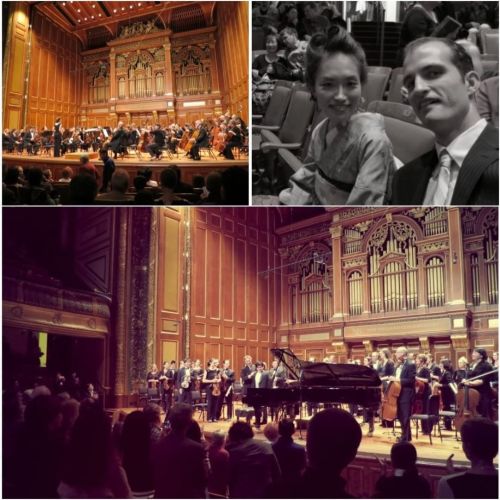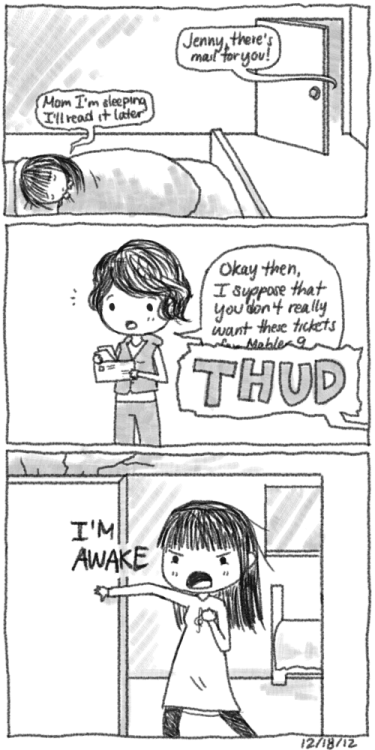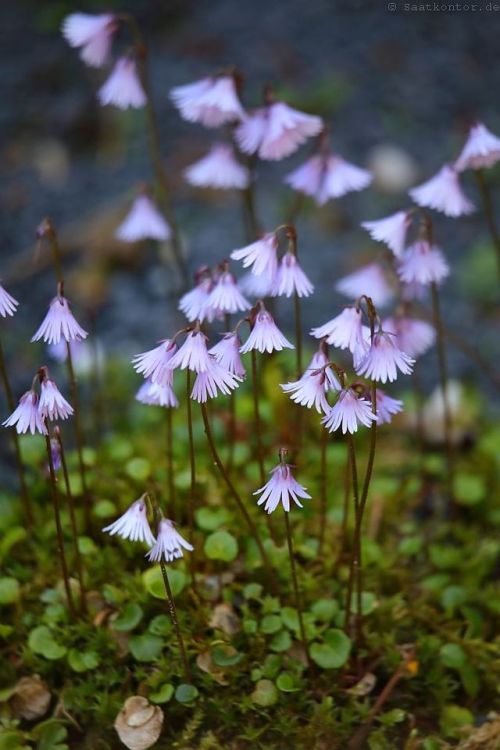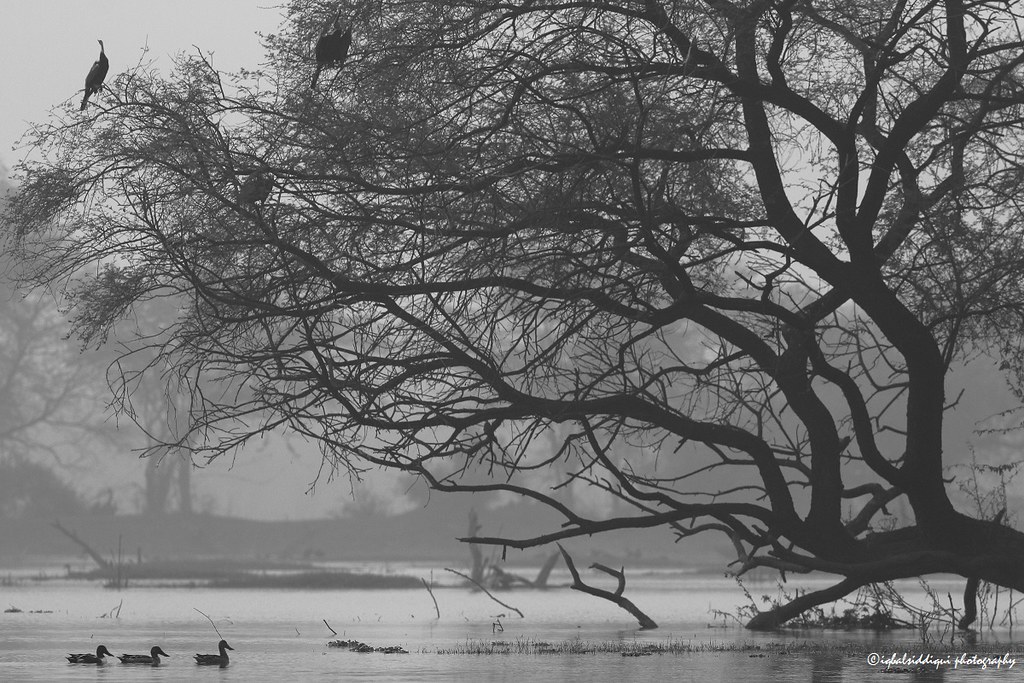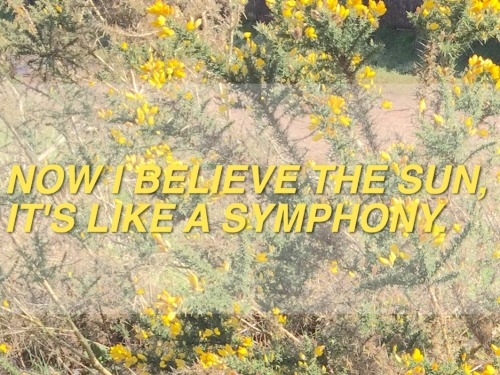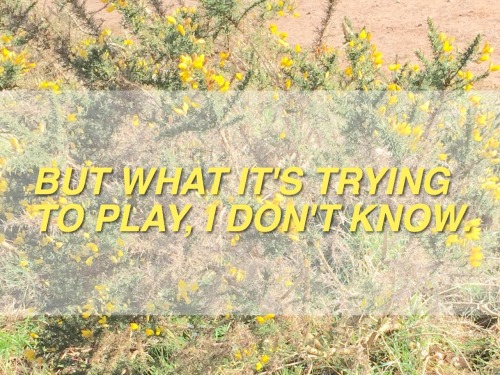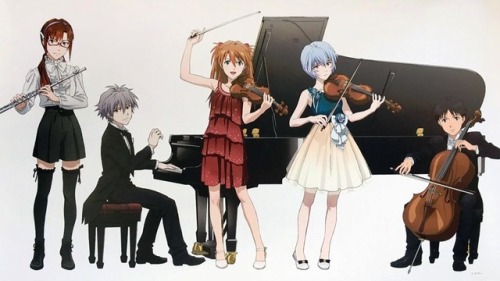#symphony
2 Sundays ago, we went to a symphony orchestra concert and it was my very first time to enjoy it in a symphony hall. I used to play the piano, learned classical music, own a lot of classical music albums and love to listen to them a lot, but never had an opportunity to participate in the atmosphere, and it was totally one of the most emotional and fantastic moments in my life.
Nobuyuki Tsujii is a blinded professional piano player from Japan. I highly recommend you to listen to his piano in person if you have any opportunity. He played his own piece which he composed for the Tohoku tsunami deceased for an encore. The music was rather simple but I saw lots of people shed tears, and so did I.
先々週の日曜日、人生初のシンフォニーオーケストラコンサートへ行きました。ピアノ習っていたし、クラシックのCDも沢山持っていたし(今はiTunesデータ)、ポップスと同じくらい良く聴くけどライブは初めて。そして本当に素晴らしい経験でした。
辻井伸行さんは盲目のピアニストですが、そのハンディキャップだけで注目されているのではなく、本当に素晴らしい実力のある演奏者でした。もし機会があるのであれば、彼の演奏を実際に聴いてみる事をお勧めします。アンコールに、東北大震災の犠牲者の方に寄せた彼オリジナルの曲を弾いて下さったのですが、シンプルでありながら心に響く、とかいうとチープですけど、泣かせようとしているドラマチックな曲ではないのに、本当に涙が出ましたし、他にも泣いている方が沢山いました。
#symphony #orchestra #music #classicalmusic #nobuyukitsujii (at New England Conservatory’s Jordan Hall)
Post link
I just want to be a part of your symphony.
Felt inspired to draw May J Lee from 1Million Dance Studios again. She’s so fun to draw!
Post link
I like this part the most.
Hoy… hoy soy… soy una ilusión; soy el encuentro entre mi imaginación y una realidad que se empeña en demostrar que aquí estoy. Al tiempo… al tiempo me voy, como quien a perdido esa ilusión entre su imaginación y aquella realidad que se empeña en demostrar que no existe. Mañana… mañana no se, pues mañana es una palabra de cuatro letras, un cristal quebrado y una sinfonía de dos simples notas… quizá suene, quizá… quizá no llegue…
_______________________
Today… today i am… today i am an illusion. Am the encounter between my imagination and reality that is committed to prove that I’m here. Time … in time, I’m gone, like someone who has lost that illusion between his imagination and the reality that is determined to prove that it not exists. Tomorrow … not tomorrow, because tomorrow is a four letter word, a broken crystal and a symphony of two simple notes… it may sound, perhaps… perhaps it may not come …
Soldanella Snowbell, Alpine Snowbells / Alpengloeckchen, Karpaten-Soldanelle ‘Spring Symphony’ (Soldanella carpatica x pusilla)
Post link
‘Now I believe the sun, it’s like a symphony.
But what it’s trying to play,
I don’t know.’- FUN
Post link
Haydn-Symphony no. 80 in d minor(1784)
I may have said this before, but something that I’m semi-surprised by is how Haydn has kind of fell out of popular taste. While he was alive during the second half of the 18th century, he was a cosmopolitain composer loved by the public across Europe. And he couldn’t be dismissed as a ‘populist’ or whatever; the music critics and intelligentsia of the day also hailed him as the greatest living composer. And yet his reputation has been kind of dwindling in comparison to Mozart and Beethoven. I’ve wondered why that is, and I think what really hurts Haydn is that he wasn’t as much of a “melody writer” like Mozart was. HIs interest was in motivic development and breaking up musical ideas, like Beethoven. But unlike Beethoven, Haydn’s contrasts and dramatic expressions aren’t nearly as intense and theatrical. He is much more subtle, and prefers light-heartedness and comedy over tragedy. So our post-romantic world would much rather listen to angsty Beethoven, or lusciously melodious Mozart, than more 'straightforward’ Haydn. Which is a shame because in some regards, Haydn is underrated. It can be hard to get into him because of the sheer amount of music he wrote. When there are over 100 symphonies, where do you start? Especially if the last one is the most popular…that implies the earlier ones aren’t worth the attention and time. This by itself can be detrimental to appreciating Haydn, especially because not everything is going to be a masterpiece or super gripping. I first came across this symphony through the finale, which is a lot of fun and is one of my favorite of his symphony movements. The opening is dramatic by its immediacy, throwing us into the 'action’ of the music right away. What interests me here is how at the end of the exposition, what starts out as a frantic and anxious theme gets turned into a thinner, calmer, and pretty quaint melody with the flutes. It’s a reminder of where Beethoven got some of his ideas from: instead of only developing the motivic elements with pitch, harmony, counterpoint, Haydn is developing the sound of the initial musical idea as well. The atmosphere is developed from restless/serious into something tame/lighthearted. The second movement is a long adagio that’s also in sonata form. What stood out the most to me here is how it exemplifies the way Haydn wrote for orchestra, which made him unique compared to other composers of the day. While winds were usually used for coloring, or where a lot of instruments were doubling each other to keep the focus on pitch and counterpoint etc., Haydn wrote instrumental groups “against” each other to have them stand out, and to make the contrast of sounds become part of the music. Rimsky-Korsakov (hailed as one of the great orchestrators of the 19th century) loved Haydn for this reason. And in retrospect we can now see that Haydn’s attitude to orchestral writing was closer to 20th century composers than it was to the composers of his day. As I mentioned above, the finale is my favorite part of the symphony. It also sounds like an 18th century 'audience pleaser’ with its fun syncopated rhythm, contrasts of instrumental color, and folksy drones. No this symphony doesn’t have a nickname to draw in a listener’s curiosity, but it’s still a great symphony from the Father of the Symphony.
Movements:
- Allegro spiritoso
- Adagio
- Menuetto
- Finale: Presto
Brahms-Symphony no. 3 in F Major(1884)
Despite how often people say Brahms was a conservative (which is true to a point), I think a lot of people underestimate his intensity of expression. The volume, bombast, and sometimes theatrical or operatic drama, are all underscored by the more traditional minded attitude toward structure and making sure the musical components are “functioning” in a logical way. Take the old form, and make something new out of it. Brahms had preferred that view to the newer Romantic school of thought favoring free-form and new forms created by the musical ideas themselves. Because of that, Brahms will always be the old scruffy severe German looking down at you from his wizened beard. Tangential, but I’ve talked with people who don’t like Brahms and they seem to come from this popular image: “Old fashioned”, dull, too theoretical, no good melodies, and (one extreme opinion) not truly “artistic”. But if we ignore the baggage of academicism and the symphony as a serious genre for developing complex musical thoughts, we should be thrown at the edge of our seats from the sound of the orchestra, and the long emotional melodies that people say aren’t there. I’ll take a moment to be more personal: I was surprised to find out that I’d made blog posts about the other three Brahms symphonies, but not this one. It was the first one that I fell in love with way back in high school. I remember listening to it and imagining knights in armor and large gothic castles. Brahms would turn in his grave. I got the idea from the bold and majestic opening movement. It begins with a statement of F-Ab-F, standing for Brahms motto “Frie aber froh”, Free but Happy. Somewhat leaning toward the 19th century trend of cyclical works, this symphony’s opening idea comes back in later movements as well. The motto of free but happy seems to radiate strongest in this opening movement. My favorite moment here is when the music quiets down a bit and teh flutes and bassoons play a an arabesque-like wavy melody over the strings fragmenting the same material, growing into a loud and stormy proclamation with chromatic lines (a very “Romantic” sound from a ‘Classicist”). The andante builds out of a chorale theme introduced in the winds. This more pastoral sound reminds us that this was a “vacation” work written while he was staying by the Rheine in Wiesbaden. The next movement, despite the unassuming title ‘poco allegretto’, has one of the more gorgeous melodies Brahms had written. It sings out of the cello and is punctuated by longing harmonies. Typical of Brahms, these harmonies are written out through counterpoint of fragments based off the contour of the melody. The last movement brings back the heaviness of the opening through a modified sonata. In the minor, it opens with a long and somewhat bouncy melody that could be like a Bach fugue subject. The music builds up energy into more drama, before shifting right into the “happy” counter melody. You could imagine this theme coming back with golden brass chorales. Instead, despite the dizzying effects done with the themes, and the noisy development that doesn’t let up in tension, the piece starts to sizzle up in agitated strings. A soft chorale brings back the opening motif, and then the symphony sighs away into a soft F major chord.
Movements:
- Allegro con brio
- Andante
- Poco allegretto
- Allegro - Un poco sostenuto
F.Mendelssohn Bartholdy Symphony No.3 in A minor Scottish Op.56
Conducted by Leonard Bernstein
Have I ever mentioned how much I freaking love and adore and worship Felix Mendelssohn and how much of a genius he is
This man makes me feel things for which I don’t have words to describe, but I always feel like I’m going to have a cardiac explosion and that my heart is going to leap off my chest and reach the Heavens
that 4th movement, I’d be headbanging in the club if the DJ played this
TheBBC Merlin SountrackhadNO RIGHT to go that hard.
Listen to this! 2:10 - 2:41 of ‘Merlin buries lancelot’ has me in literal CHILLS. The grief and loss and magic and love that crescendo conveys is just so extraordinary I have to go and be alone for a while.

such a pretty view for tchaikovsky 6 tonight
the comedy in hannibal is unparalleled:
TheLacrimosa(Latin for “weeping/tearful”), also a name that derives from Our Lady of Sorrows, a title given to The Virgin Mary, is part of the Dies Irae sequence in the Roman Catholic Requiem Mass.
Post link

November 25, 1991 Alexander Platt, a graduate of Yale University, conducts the University of Minnesota Orchestra during a rehearsal under the watchful eye Murry Sidlin, conductor of the University of Minnesota Symphony Orchestra. Sidlin is also director of graduate conducting studies including the conducting apprenticeship program at Minnesota. The University of Minnesota has one of the only conducting programs of its kind in the country. Joey McLeister, Minneapolis Star Tribune

